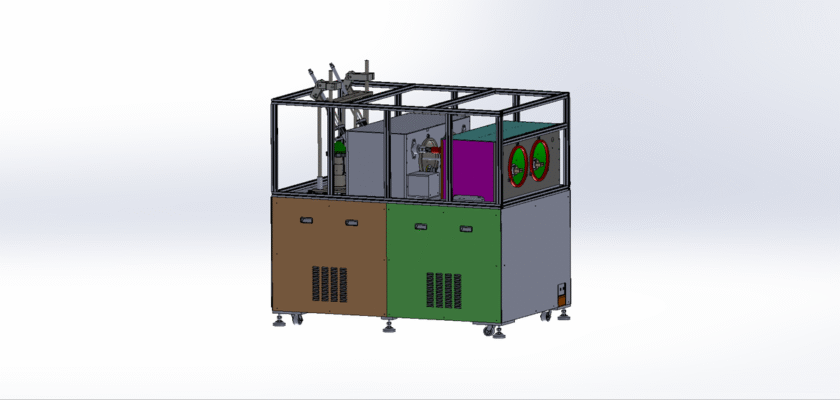Step into the world of high-speed manufacturing with our free automated wire winding machine drawing. This specialized equipment is a cornerstone of industries like electronics, textiles, and coil manufacturing, designed to wind wire, thread, or fiber onto a spool or core with unparalleled speed and accuracy. By automating this process, it ensures consistent tension, precise layering, and a perfectly wound finished product. This detailed blueprint is an invaluable resource for engineers, manufacturers, and students who want to understand the intricate mechanics and automation principles behind this essential production tool.
Our comprehensive drawing provides a clear look at the mechanism’s core components: a sturdy frame, a precision winding spindle, an automated tensioning system, and a traverse mechanism for even layering. You’ll gain a deep understanding of how these elements work in perfect synchronization, ensuring that each coil or spool is wound to the exact specification every time. Whether you are a professional tasked with designing a new production line, a student studying mechatronics, or a hobbyist building a prototype, this drawing offers the foundational knowledge you need. Download it for free and take the first step toward more intelligent and efficient winding.
Principais características
- Automated Tension Control: The blueprint highlights a system that automatically adjusts the tension of the wire as it is wound, ensuring a consistent and high-quality finished product.
- Mecanismo de deslocamento de precisão: Aprenda como a máquina usa um linear guide and drive system to move the winding point back and forth, ensuring the wire is layered evenly on the spool.
- Operação de alta velocidade: A máquina foi projetada para velocidade e eficiência, demonstrando como atingir alto rendimento com intervenção humana mínima.
- Design versátil: The design is adaptable to a wide range of wire gauges and core sizes by simply changing the winding spindle and guides.
- Sistema de Controle Integrado: The drawing illustrates how the winding speed, tension, and traverse motion are all managed by a central controller for repeatable results.
